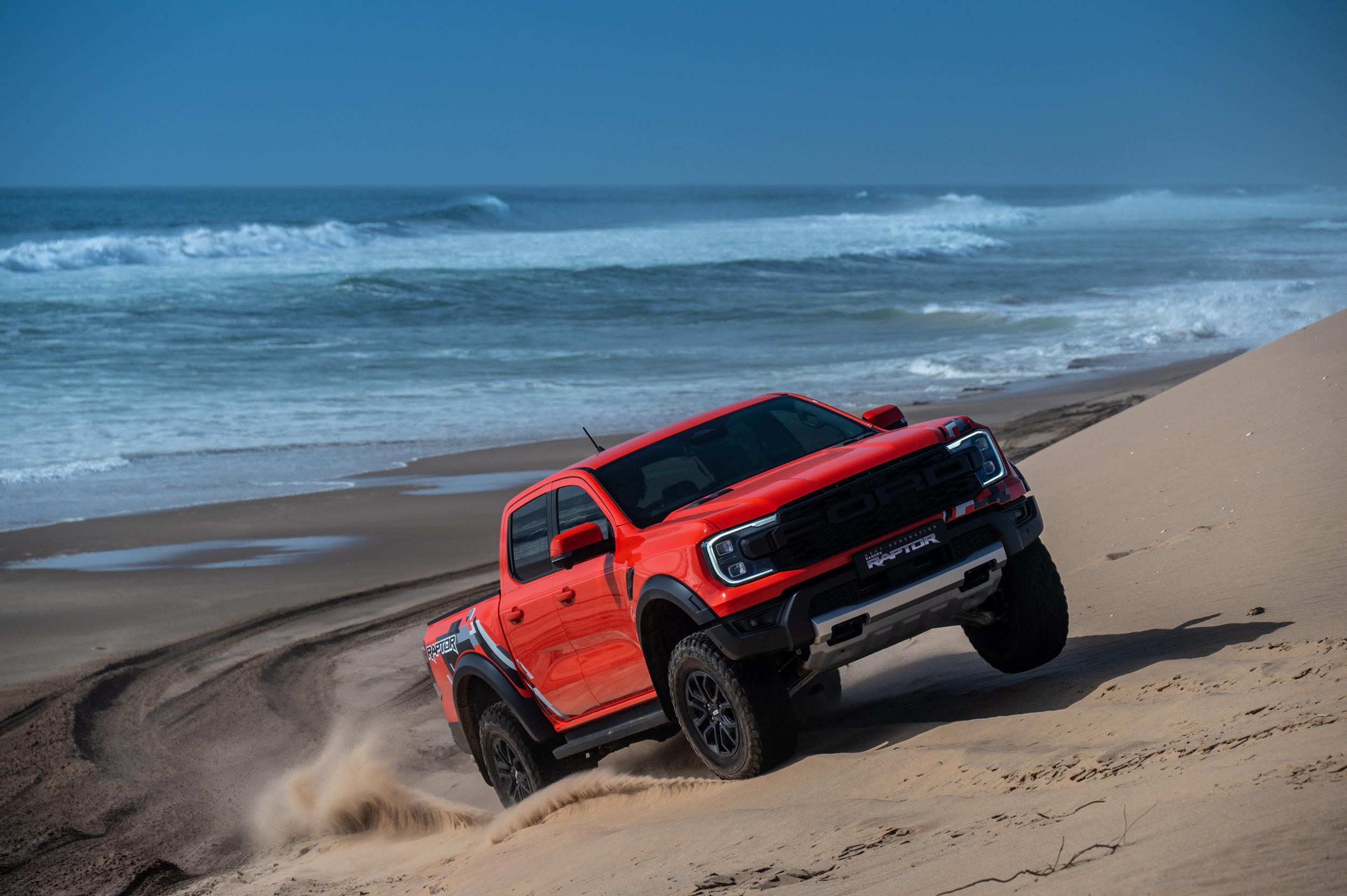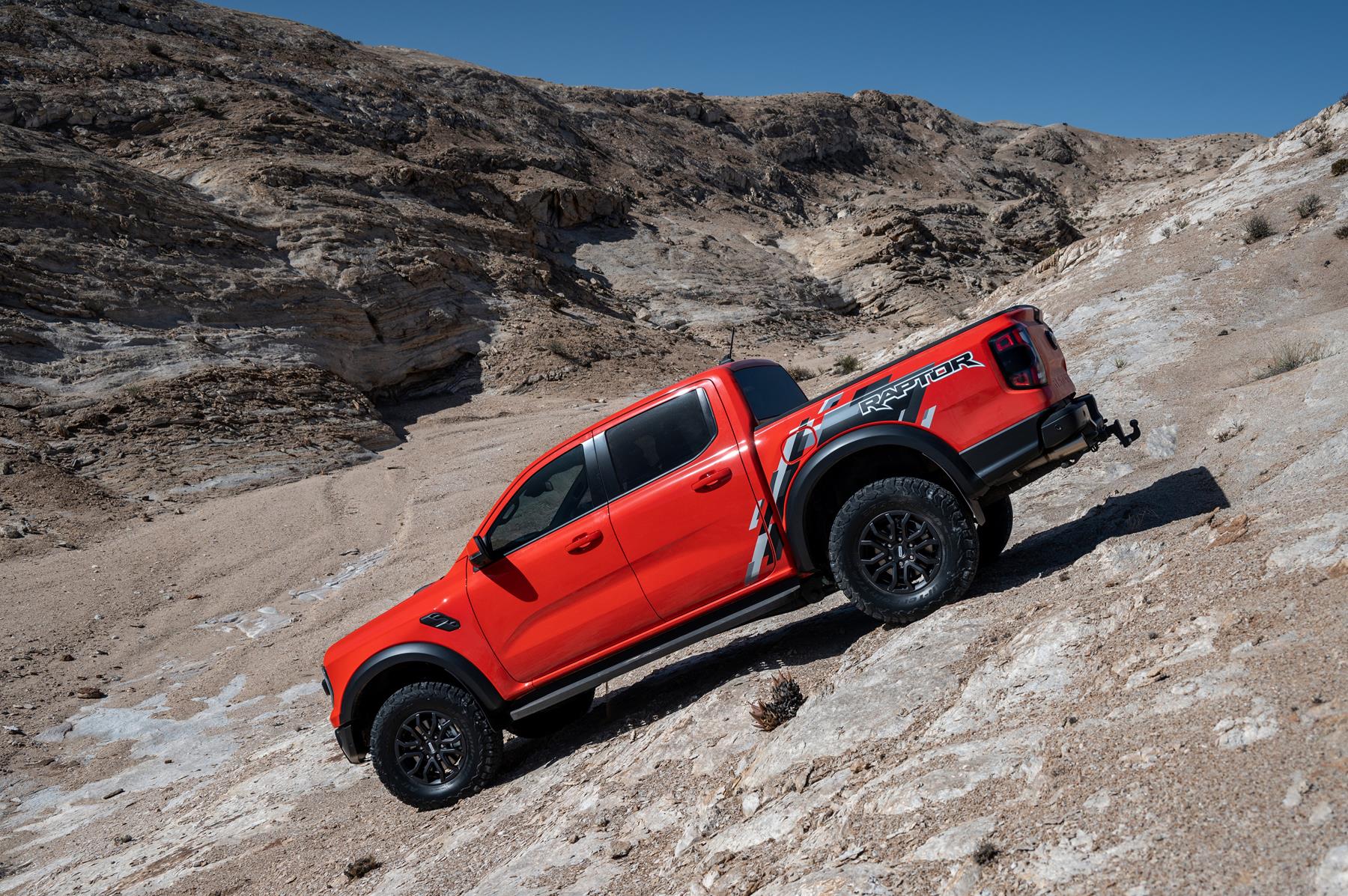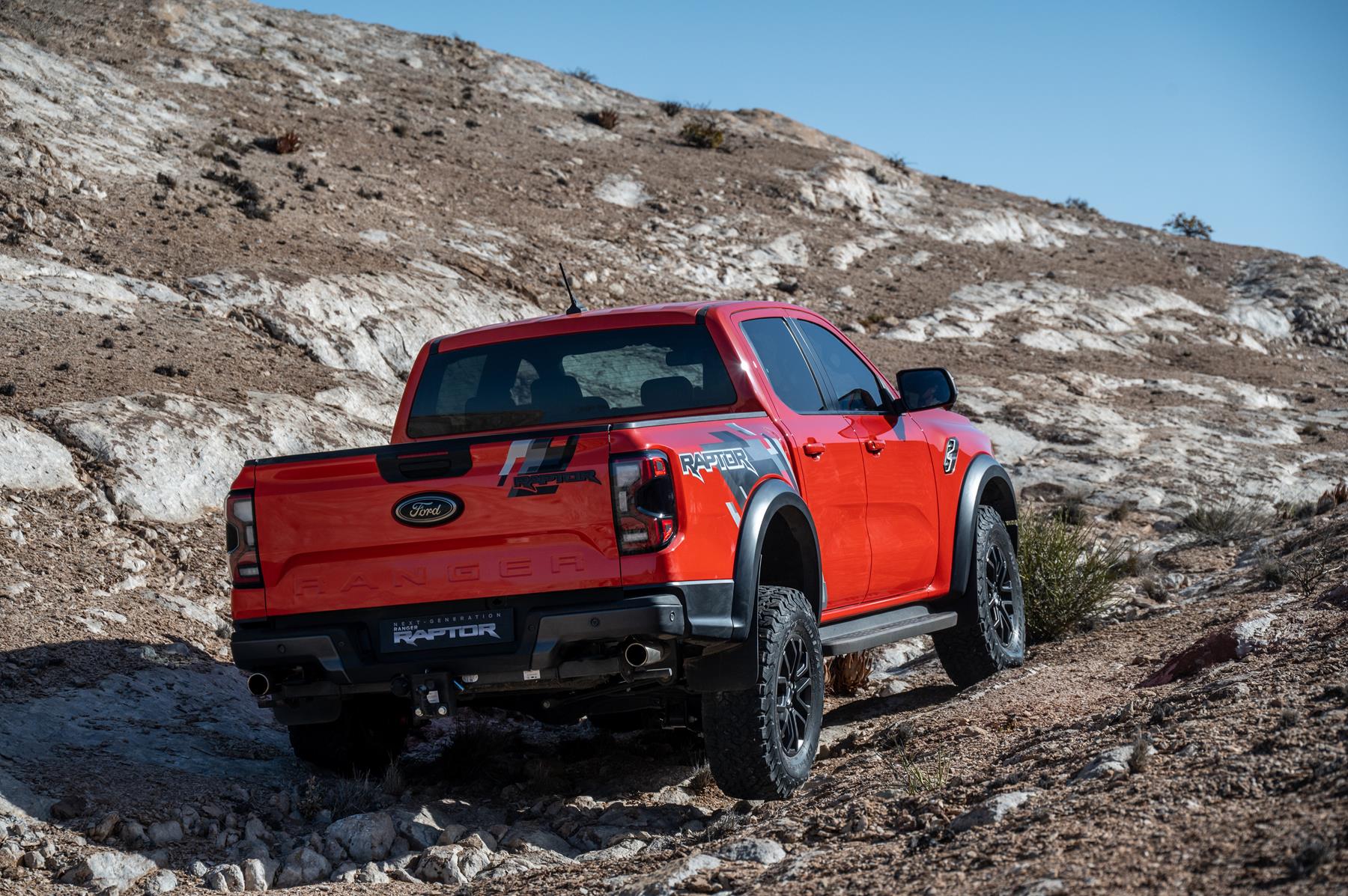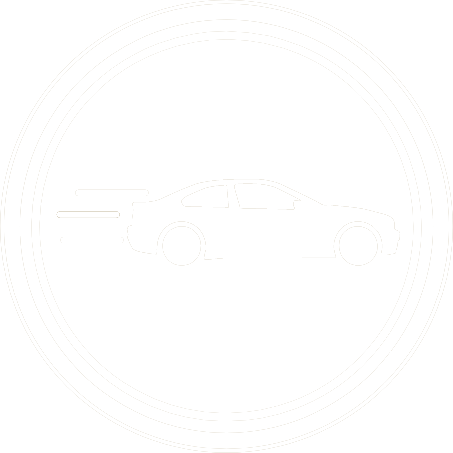4x4 vehicles like SUVs, pickups/bakkies have gained immense popularity over the years due to their ability to perform as a workhorse, a family car, and a lifestyle vehicle conquering challenging terrains and other adventures on weekends. However, understanding the mechanical jargon associated with these cars can be quite daunting for newcomers. In this article, we will shed light on four essential 4x4 mechanical terms - Diff Lock, Low-Range, 4H, 4L, Approach Angle, and Departure Angle, helping you grasp the fundamentals of off-roading.

Differential Lock (Diff Lock)
Differential lock, commonly known as "Diff Lock," is a crucial feature in 4x4 vehicles that enhances traction off-road. In a standard 4x4, power is evenly distributed to the wheels, however, when one wheel loses traction, maximum power continues to go to the spinning wheel resulting in a lack of forward momentum. Diff lock comes into play by locking the two wheels on the same axle together, forcing them to rotate at the same speed regardless of the difference in traction. This ensures that both wheels on the axle are receiving equal power and prevents wheel spin on the wheel with less traction.
Low-Range (4L) and High-Range (4H & 2H)
Low-range (4L) and High-range (4H or 2H) are the two primary settings in a 4x4 vehicle's transfer case, which is responsible for dividing power between the front and rear wheels. These settings allow the driver to optimize the vehicle's performance based on the terrain they are navigating. For everyday driving, most people keep their vehicles in 2H, which reduces fuel consumption since power is only sent to the rear wheels. To improve traction on wet or slippery roads such as mud and grave 4 High (4H) is the most suitable setting. It evenly distributes power between the front and rear wheels, allowing for predictable handling and better traction. On the other hand, Low-Range (4L) is specifically designed for off-road situations, where maximum torque and power are required at low speeds. Because of the high power and torque delivery in this setting, 4L is ideal for steep inclines, descents, and challenging obstacles.

Approach Angle
The approach angle is a crucial aspect of the vehicle that determines its ability to approach steep obstacles without damaging the front bumper or other components. A larger approach angle indicates better off-road capability and will allow the vehicle to take on sharp inclines and obstacles without getting stuck or sustaining damage to the front. Off-road enthusiasts often modify their vehicles by installing aftermarket steel bumpers or raising the suspension to improve approach angles.

Departure Angle
Similar to the approach angle, the departure angle is equally important in off-roading situations. It measures the ramp angle at the rear of the vehicle. A generous departure angle will allow a vehicle to traverse steep declines and obstacles without losing the rear bumper or scraping the exhaust system on the ground. Like the approach angle, off-roaders can modify their vehicles to enhance departure angles by installing aftermarket components or lifting the suspension.
Understanding 4x4 mechanical terms like the ones mentioned above will enable you to maximise the use of your 4x4 or bakkie's features and get more out of it. These features empower drivers to tackle challenging terrains with confidence while minimising damage to the vehicle. So, whether you're an experienced off-roader or a novice venturing into the world of 4x4 vehicles, understanding these terms will undoubtedly elevate your off-road driving skills and overall experience.
Gugu Masuku - proudly CHANGECARS











